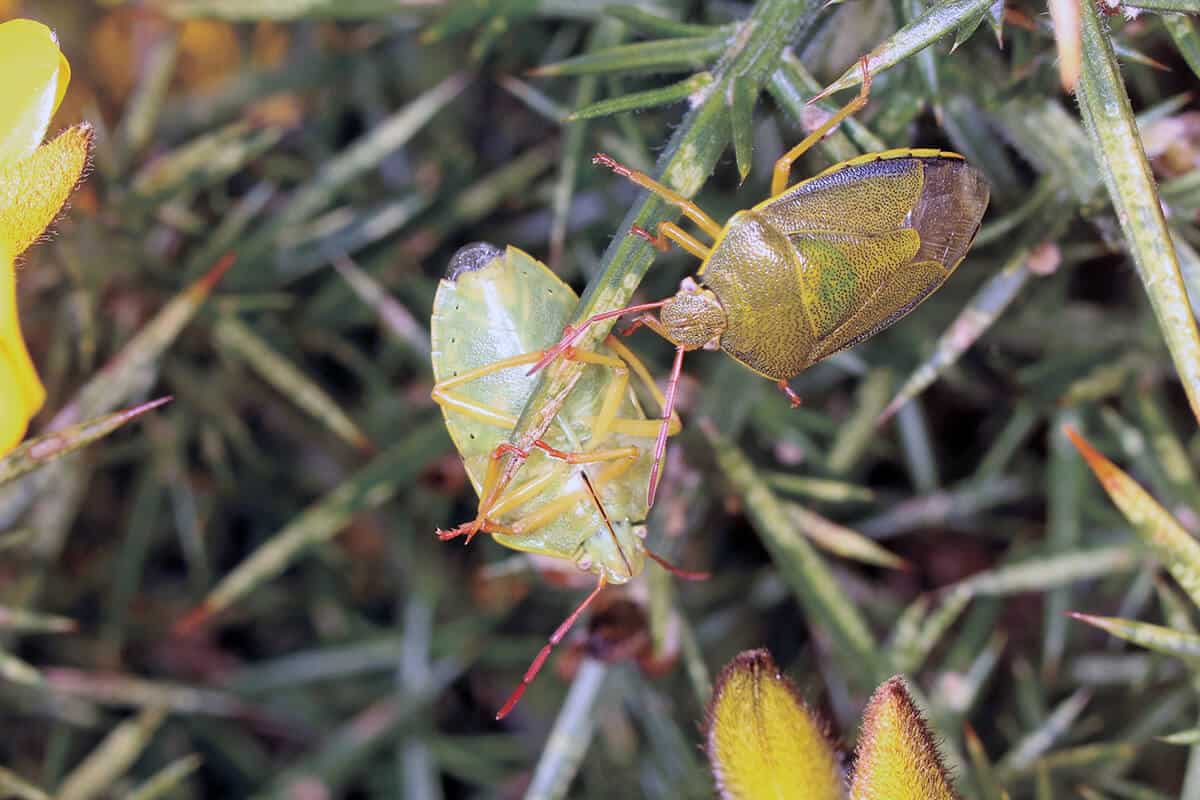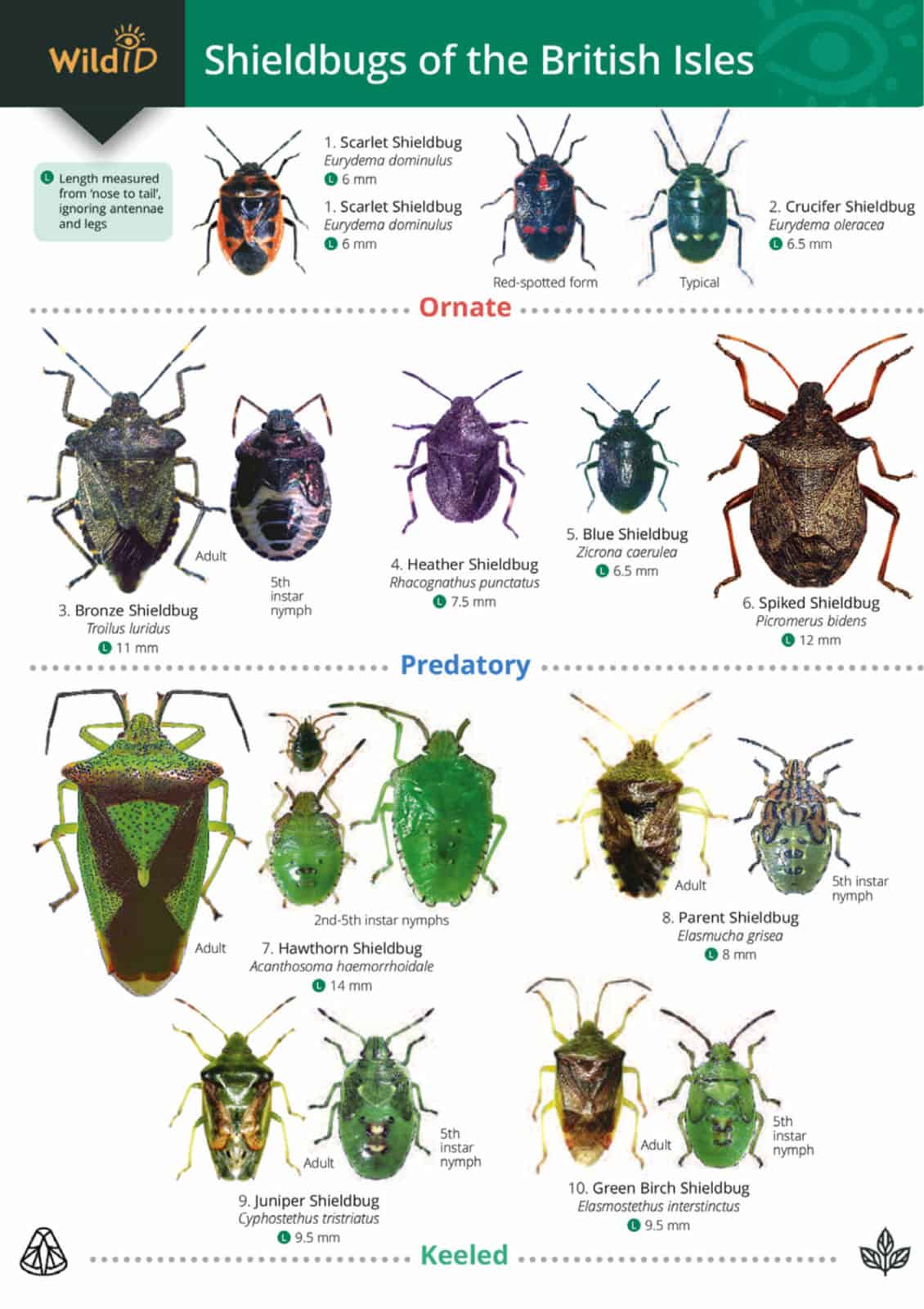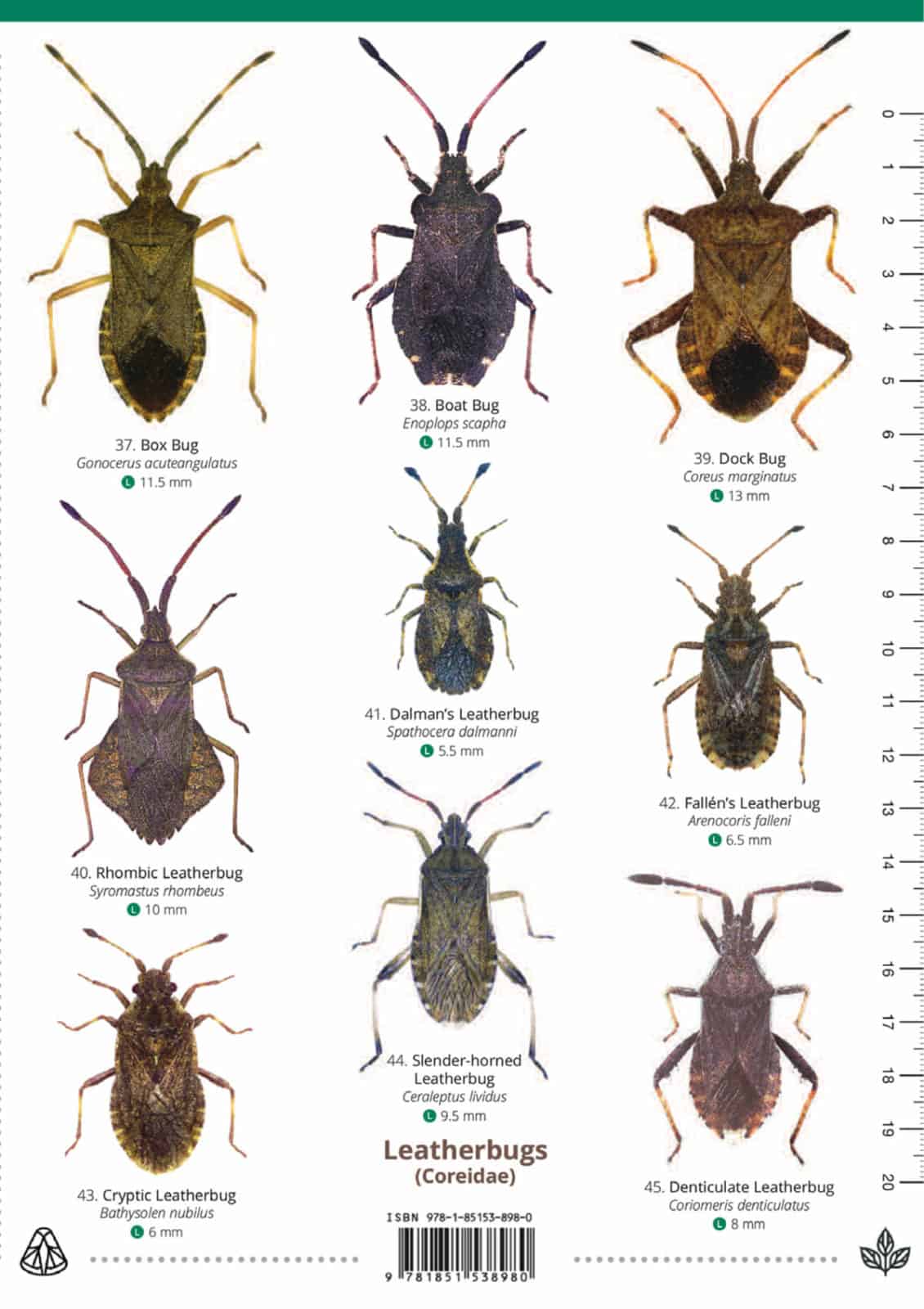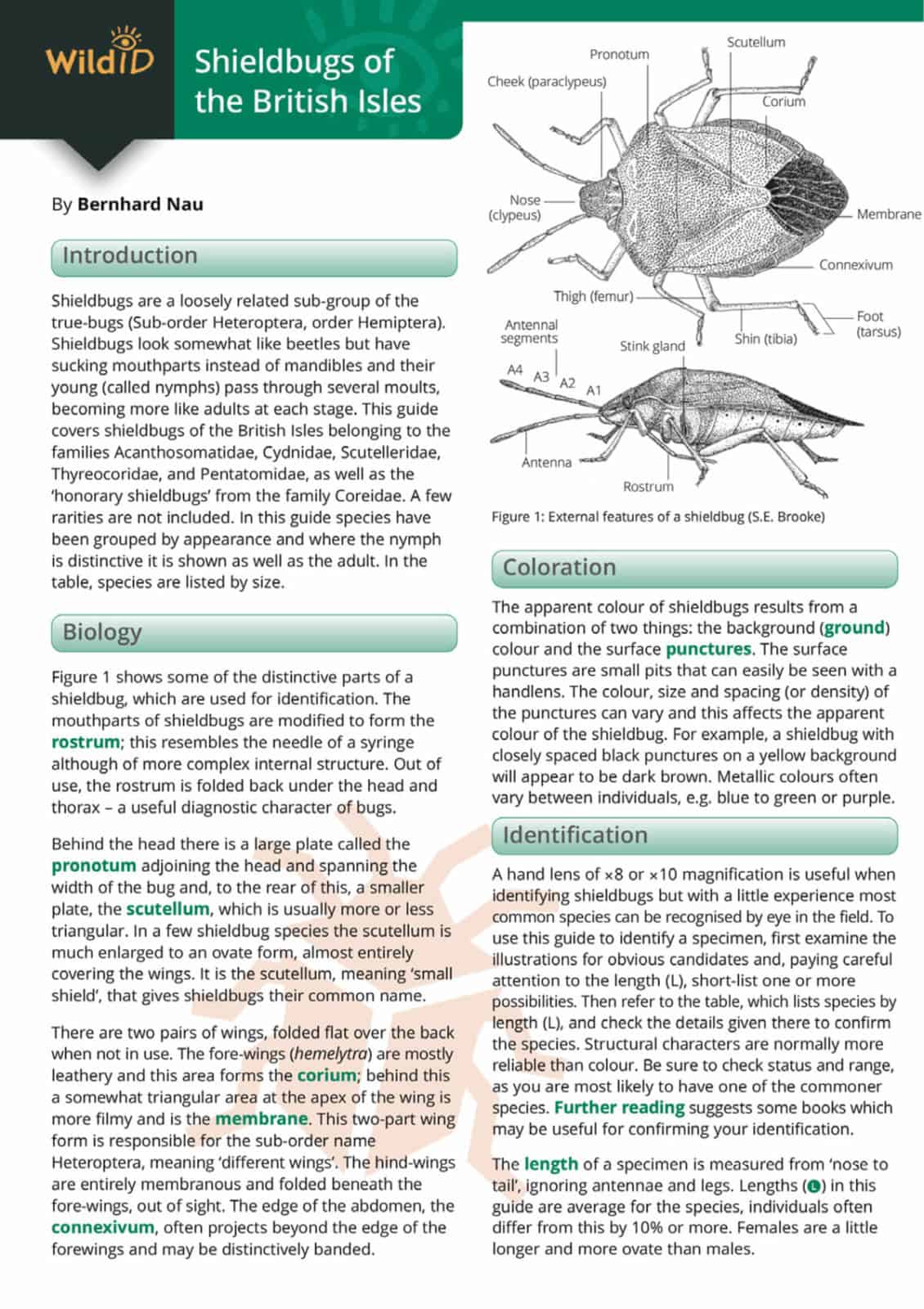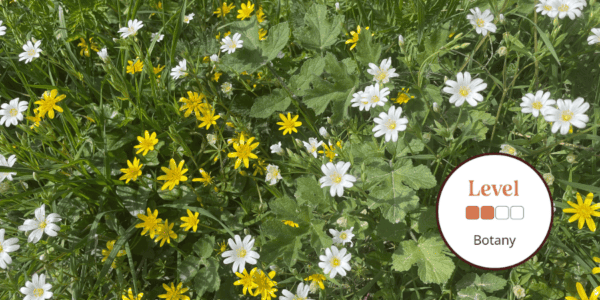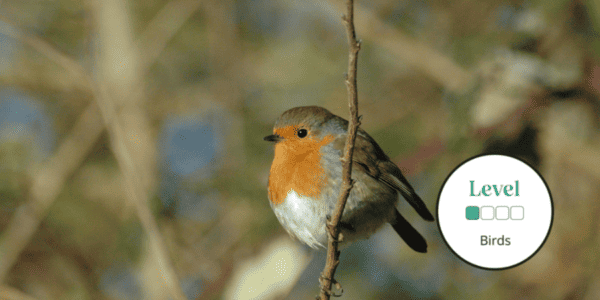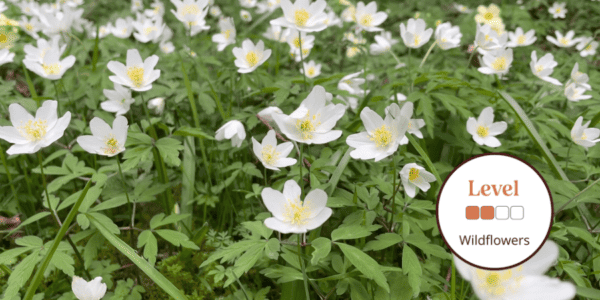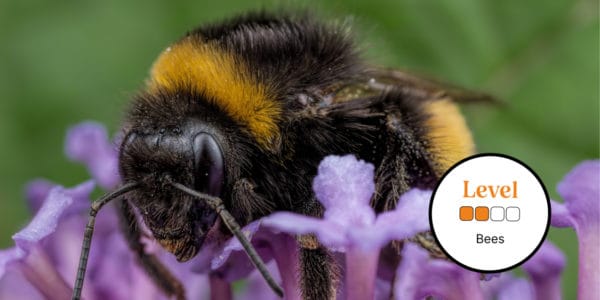Shieldbugs guide
The FSC Shieldbugs guide features colour photographs of 45 shieldbugs and leatherbugs from Britain and Ireland.
Although not as well known as butterflies, bees and ladybirds, shieldbugs are a spectacular group of insects. But in many counties there are relatively few records, so even novice naturalists can make new discoveries. Many species are common in gardens or habitats like hedgerows, scrub and woodland. With a little experience, most common species can be recognised by eye in the field. Many shieldbugs are colourful, and some even have metallic colours. But structural details of the body are generally more reliable than colour.
This guide features colour photographs of the adults of all species, plus late instar nymphs where distinctive. Accompanying text covers key identification characters, including body structure, colours, habitat, rarity and range.
Shieldbugs look somewhat like beetles, but have sucking mouthparts instead of mandibles. Behind the head there is a large plate (the pronotum) adjoining the head. To the rear of this is a smaller plate (the scutellum) usually more or less triangular. It is the scutellum, meaning ‘small shield’, that gives shieldbugs their common name. There are two pairs of wings, folded flat over the back when not in use.
Note that this guide covers shieldbugs of the British Isles belonging to the families Acanthosomatidae, Cydnidae, Scutelleridae, Thyreocoridae, and Pentatomidae, as well as the ‘honorary shieldbugs’ from the family Coreidae. Over the last 20 years, many species have expanded their range northwards. Scientific names and distribution in this guide are fully up-to-date for 2022.
The Shieldbugs guide was co-created with the Royal Entomological Society.

